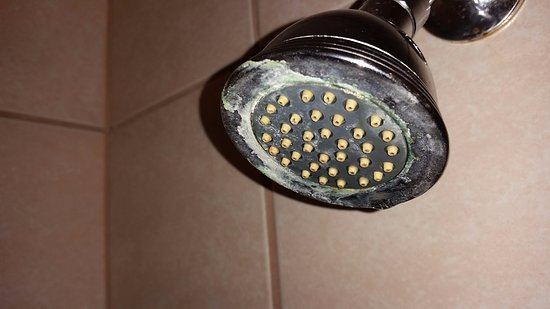Water hardness is measured in parts per million (ppm). Our test results indicate a hardness level of 333 ppm, which is considered very hard. To put it into perspective, anything above 181 ppm is classified as very hard. The acceptable hardness range is 187–333 ppm, which means our water falls within the very hard category. It’s worth noting that hardness is influenced by other minerals like iron and manganese, as well as the pH level. Taking all factors into account, local tests reveal a hardness range of 25-35 grains per gallon (gpg) or 428 – 599 ppm. These values exceed the reported levels since they only factor in calcium and magnesium, neglecting the impact on your plumbing caused by compensated hardness. While contaminants are usually measured in ppm, hardness is commonly reported in gpg. Refer to the chart below for a breakdown of classifications and corresponding measurements:
Classification Hardness in mg-CaCO3/L Hardness in mmol/L Hardness in dGH/°dH Hardness in gpg Hardness in ppm
————————————————————————————————————————————————————————————–
Soft 0–60 0–0.60 0–3.37 0–3.50 0–60
Moderately hard 61–120 0.61–1.20 3.38–6.74 3.56–7.01 61–120
Hard 121–180 1.21–1.80 6.75–10.11 7.06–10.51 121–180
Very hard ≥ 181 ≥ 1.81 ≥ 10.12 ≥ 10.57 ≥ 181

